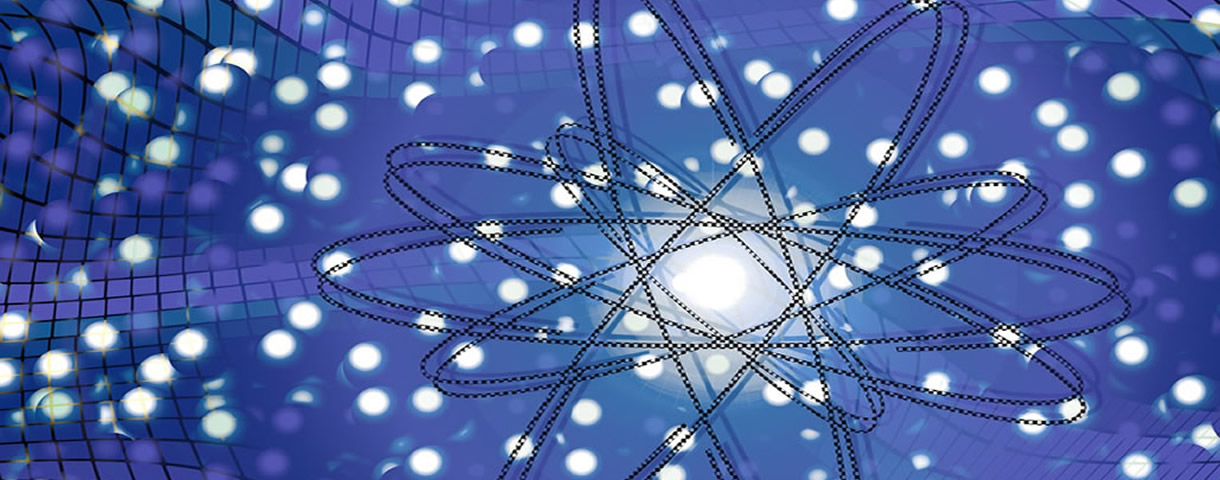


BARC activities for Indian Nuclear Power Program
India is the only developing nation to have indigenously developed, demonstrated and deployed nuclear reactors for electricity generation. This was made possible through several decades of extensive scientific research and technology development primarily in BARC. In this regard, Dr Homi Bhabha was the architect. The country has nuclear ores from which a total of about 78,000 tonnes of uranium metal and about 518,000 tonnes of thorium metal can be extracted. If the entire uranium resources are first used in natural uranium–fueled pressurized heavy water reactors (PHWRs), it is estimated that about 420 GWe-yrs of electricity can be produced. The resulting depleted uranium and separated plutonium from these PHWRs, if used in fast breeder reactors (FBRs), could generate an additional 54,000 GWe-yrs of electricity. In these FBRs, production of uranium-233 (U233) can also be achieved by loading thorium assemblies in their blanket and low-power zones. Eventually by transitioning to generations of Th-U233 fueled breeder reactors, India should be able to produce an additional 358,000 GWe-yrs of electricity. Thus, even at an installed nuclear power capacity of 500–600 GWe, the country's nuclear resources will be able to sustain its electricity generation needs far beyond the extinction of its coal deposits.
The first nuclear power reactors built in India were two BWRs at Tarapur, constructed by GE as turnkey projects through Indo-US cooperation. As part of setting up of PHWRs, subsequent to withdrawal of Canadian support in 1974, BARC took the responsibility of components development and testing such as nuclear grade pumps, fueling machine, fuel, clad, etc. and other major R&D support for design and safety of PHWRs from normal operations to design extension conditions.
Subsequent to the accidents at Three Mile Island in USA in year 1979 (TMI) followed by Chernobyl in 1986, there was radical change in philosophy of design of new nuclear reactors. Passive safety systems became integral part in Gen-III and III+ reactors. This philosophy gave birth to the concept of Advanced Heavy Water Reactor (AHWR) being designed by BARC. The AHWR retained the pressure tube concept of PHWRs but adopted several passive systems in design making the reactor safe enough to deploy close to the population center. Apart from this, AHWR targeted to produce significant power (more than 60 %) from thorium as a demonstration reactor for power from thorium. Of course, the third stage of nuclear power program envisages large scale power production from thorium, AHWR will provide enough experience for handling, manufacturing and reprocessing of thoria based fuels before large scale power production from thorium takes place.
After entering into International Civil Nuclear Cooperation agreement in 2008, India was bestowed with opportunity of setting up nuclear reactors with international cooperation. This treaty also ensured continuous supply of fuel for Indian NPPs. BARC plans to develop PWRs indigenously for accelerated capacity building. BARC has achieved forging technology for pressure vessel, reactivity drives, etc to initiate the indigenous PWR programme.
The Indian molten salt breeder reactor (IMSBR) is the platform to burn thorium as part of 3rd stage of Indian nuclear power programme. The fuel in IMSBR is in the form of a continuously circulating molten fluoride salt which flows through heat exchangers for ultimately transferring heat for power production to Super-critical CO2 based Brayton cycle (SCBC) so as to have larger energy conversion ratio as compared to existing power conversion cycle. Because of the fluid fuel, online reprocessing is possible, extracting the 233Pa (formed in conversion chain of 232Th to 233U) and allowing it to decay to 233U outside the core, thus making it possible to breed even in thermal neutron spectrum. Hence IMSBR can operate in self sustaining 233U-Th fuel cycle. Additionally, being a thermal reactor, the 233U requirement is lower (as compared to fast spectrum), thus allowing higher deployment potential.
These reactors require several new technology development which are being undertaken by BARC. These include 7Li enrichment,
salt preparation and purification, salt characterisation and chemistry, structural material development and characterisation,
nuclear grade graphite development and characterisation, component development, SCBC and reprocessing for IMSBR.
In addition, a dedicated facility, Molten Salt Breeder Reactor Developmental Facility (MSBRDF) is being designed for full scale demonstration of all
major systems for the 5 MWth IMSBR. BARC has also developed Ni-Mo-Cr-Ti alloy for the vessel.
R&D is being undertaken for fuel salt optimisation, characterisation, salt preparation, thermal hydraulic and corrosion studies of IMSBRs.
In addition, BARC is also developing the Innovative High Temperature Reactor (IHTR) with an aim to provide high temperature process heat for hydrogen production by thermochemical water splitting. This reactor is a molten salt cooled pebble bed type reactor. It uses TRISO type particle fuel made into form of pebbles, cooled with molten fluoride salts. Thus, coolant temperatures upto 665°C can be reached which allows for efficient interface with hydrogen plant. Currently, a 20 MWth IHTR is being designed as demonstration reactor. Development of high temperature heat pipes, facility for graphite oxidation studies, TRISO coated particle fuel, fuel pellet fabrication, Niobium alloy and components of test loop, machining of graphite components for IHTR experimental facility, thermal hydraulic studies on coolants have been completed.